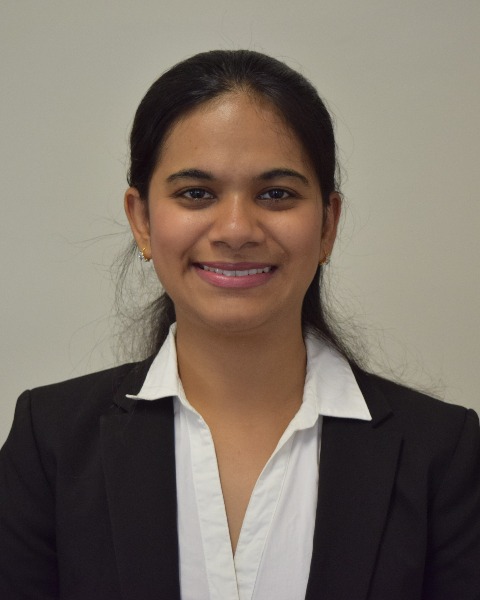Back
Preclinical Development – Chemical
Session: Rapid Fire: Breaking Through Barriers in Preclinical Development To Improve Clinical Translation (CE)
Modeling Concentration-Dependent RBC-Partitioning for Human PK Prediction of Subasumstat
Tuesday, October 18, 2022
3:30 PM – 3:45 PM ET
Location: 253 C

Priyanka R. Kulkarni, PhD
Research Scientist II
Takeda Development Corporation Americas
Rapid Fire Speaker(s)
Subasumstat, an anti-tumor agent currently in Phase I/2 clinical trial is primarily eliminated by metabolism based on preclinical and in vitro human liver S9 data (CYP3A4 fm~0.8, aldehyde oxidase fm~0.2). In vitro, subasumstat exhibited extensive, concentration-dependent RBC partitioning across species. This concentration-dependent RBC-partitioning precludes bottom-up clearance prediction by IVIVE with static well-stirred model. We successfully used dynamic model incorporating concentration-dependent RBC-partitioning and in vitro human liver S9 metabolism data for bottom-up prediction of subasumstat human PK from 3 to 120 mg dose. We present a successful case study applying modeling to predict clinical PK of a compound with high and variable RBC-partitioning by IVIVE using in vitro and preclinical data.
Learning Objectives:
- Appreciate the limitations of static IVIVE bottom-up clearance prediction when complicated scenarios such as concentration-dependent blood binding are present
- Appreciate the utility of dynamic modeling in describing complicated PK data when blood binding changes with changing drug concentration (potential for extrapolation of learnings to plasma protein binding)
- Develop insights on how to use preclinical data to develop confidence in modeling a novel PK phenomenon with the intent of later using this strategy for clinical translation


